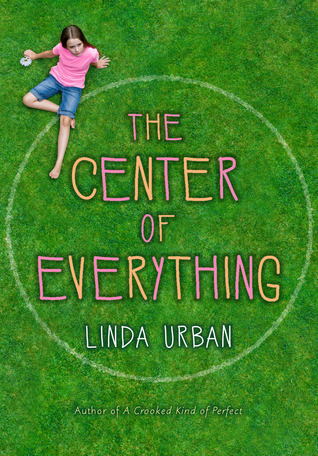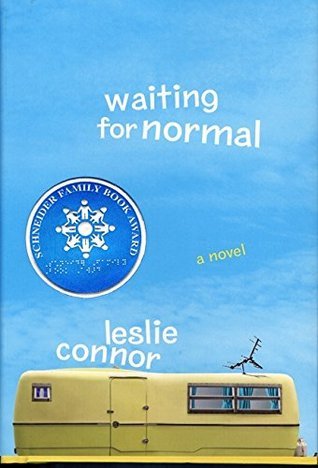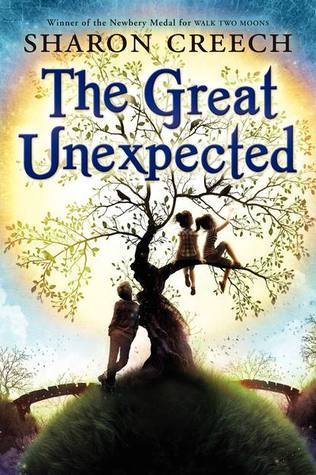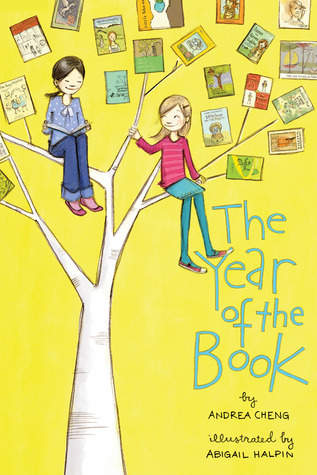
The Center of Everything
Book Description
In a world defined by the invisible bonds of family and loss, a young girl must navigate the chaos of summer friendships and the unsettling weight of secrets. As she watches her dreams of belonging slip through her fingers, a pivotal experience at the heart of her small town forces her to confront the unspoken truths that shape her life. With emotions running high and loyalties tested, every choice feels monumental. Will she find the courage to carve her own path, or will the expectations of those around her pull her into the past? What happens when the pull of love clashes with the power of truth?
Quick Book Summary
"The Center of Everything" by Linda Urban is a heartfelt middle-grade novel that explores the complex web of family, friendship, and grief through the perspective of Ruby Pepperdine, a thoughtful and yearning young girl. Set in the small-town rhythm leading up to the parade celebrating the invention of the doughnut, the story follows Ruby as she struggles with her grandmother’s recent death, the pressure of small-town expectations, and a fractured relationship with her best friend Lucy. Filled with honest emotion, hope, and humor, the novel sensitively portrays Ruby’s quest to make things right, find her voice, and understand that love and memories can shape us even after loss. Through pivotal moments and gentle revelations, Ruby ultimately learns that belonging comes from embracing both the pain and joy at the heart of everything.
Summary of Key Ideas
Table of Contents
Friendship and Belonging
Set in the small town of Bunning, the novel centers on Ruby Pepperdine, a twelve-year-old grappling with the recent loss of her beloved grandmother, Gigi. The story unfolds over the course of the town's annual parade, celebrating the supposed invention of the doughnut by Captain Bunning. Ruby has been chosen to read an original essay at the event, which increases both her anxiety and her desire to make everything right—not just for herself, but to honor Gigi’s memory.
Grief and Coping with Loss
Ruby struggles with the changes in her life and feels adrift, especially after falling out with her best friend, Lucy. Their friendship is strained by misunderstandings and Ruby’s inability to express her emotions, which mirrors her internal conflict over Gigi’s passing. Ruby internalizes her guilt, believing that a single mistake means she’s failed everyone, and desperately wishes for things to return to how they were. Her preoccupation with the town’s rituals and the importance of the essay speak to her longing for stability and belonging amid the shifting currents of her young life.
Small-Town Community and Expectations
The narrative is interwoven with the themes of community and tradition. The doughnut parade, a quirky but central event, brings together the residents and provides a backdrop for Ruby’s struggles. Small-town expectations weigh heavily on her, but she is also buoyed by the support and subtle wisdom of quirky town figures, from Captain Bunning to her own family. These relationships remind her that perfection isn’t possible or necessary, and that mistakes are a universal part of growing up and being human.
The Power of Wishes and Personal Growth
Ruby’s journey is catalyzed by her wish-making at the town’s "center of everything"—a literal spot in the road and a figurative point where her past, present, and future intersect. As she seeks magical solutions and signs, she gradually realizes that true growth comes from confronting feelings honestly, mending relationships, and accepting that loss is part of loving deeply. Her willingness to reconnect with Lucy, seek forgiveness, and speak from the heart at the parade signal her movement toward healing and self-acceptance.
Family Bonds and Forgiveness
In the end, Ruby finds courage in vulnerability and discovers that love’s presence lingers through memories and acts of kindness, even after a loved one is gone. Urban’s gentle prose affirms that while sadness and change are inevitable, they need not diminish the bonds of friendship and family. The story encourages readers to carry their memories forward, cherish connections, and know that—in the center of everything—it’s okay not to have all the answers.
Download This Summary
Get a free PDF of this summary instantly — no email required.





